- Home
- slideshows
- miscellaneous
- How Deliveroo went from being the idea of a hungry banker to a $2 billion food delivery giant coveted by Uber
How Deliveroo went from being the idea of a hungry banker to a $2 billion food delivery giant coveted by Uber
2001: Deliveroo founder Will Shu is a banking analyst in New York for Morgan Stanley, working long hours and eating $25 takeout with colleagues while pulling late shifts.

2004: Shu moves to Morgan Stanley's offices in Canary Wharf, London, where his takeout budget evaporates. He spends miserable evenings buying food from the local supermarket chain, Tesco. "It just became really depressing," he said, according to Startups.co.uk.

Late 2006: Shu is working at a hedge fund and his hours are more reasonable. Takeaway marketplaces like Just Eat are taking off, but Shu finds them lacking. "It was not a great customer experience," he said.
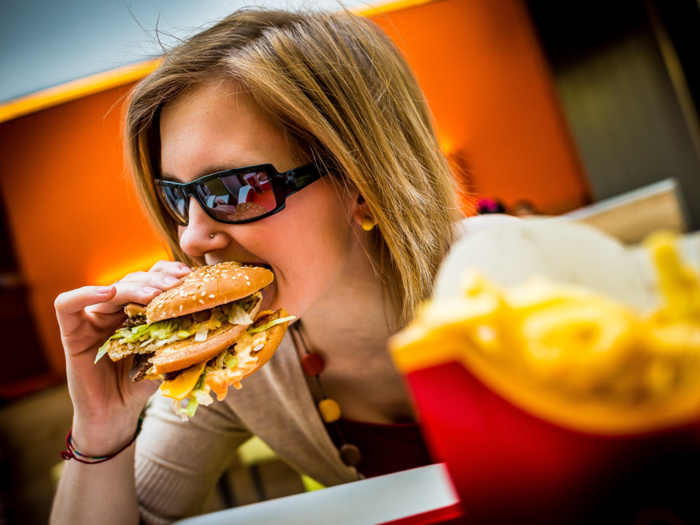
Late 2007: Convinced he could do better, Shu contacts an old schoolfriend of his, developer Greg Orlowski. The pair try to come up with the first iteration of Deliveroo, but the concept just doesn't work. Part of the reason is that this was the very early days of smartphones, and apps had yet to take off.
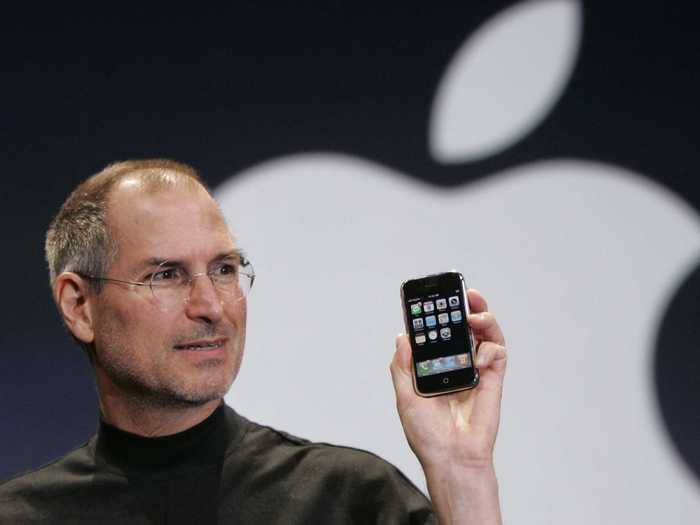
June 2010: Shu goes back to the US and to school, taking an MBA at Wharton. "It was a way for me to drink for two years and hang out... But it did give me time to think," he said.
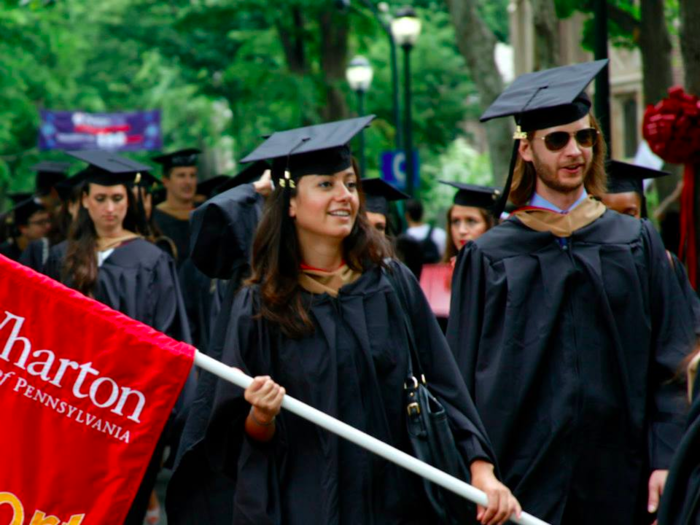
August 2012: Apple is about to release the iPhone 5 and the App Store has been going for four years. Rival smartphones are taking off. It's time to return to the concept of a marketplace that could deliver any food you want, wherever you want.

February 2013: Shu and Orlowski team up again to build Deliveroo from Shu's Chelsea flat. They know this will involve a big fleet of couriers to drop off the food, and that they would need to communicate through an app. But they struggle to win support.
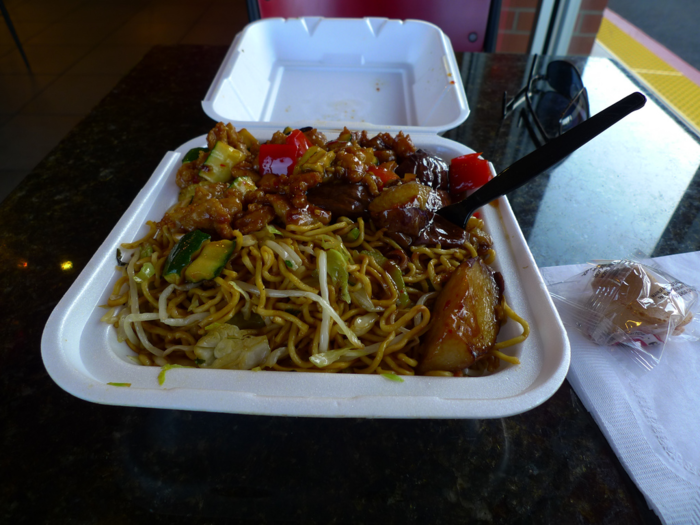
February 2013: According to Shu, sceptics told him that English people didn't want good food delivered.

Mid-2013: Will Shu works as Deliveroo's first "rider," picking up food from restaurants and delivering it to customers just to see how the experience works. His friends reportedly prank him by ordering food, just to see the former analyst working as a delivery boy.
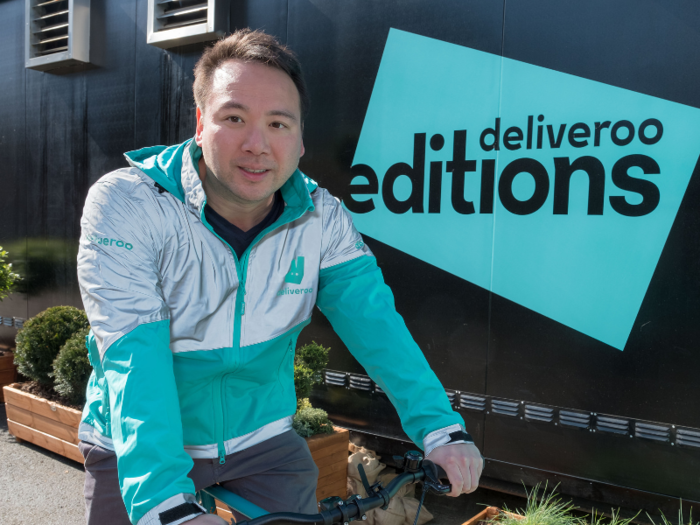
Mid-2013: According to a Forbes profile, Shu once delivered a pizza to his former boss, who thought he had fallen on hard times. Shu said it was "fine" and scooted off without an explanation.
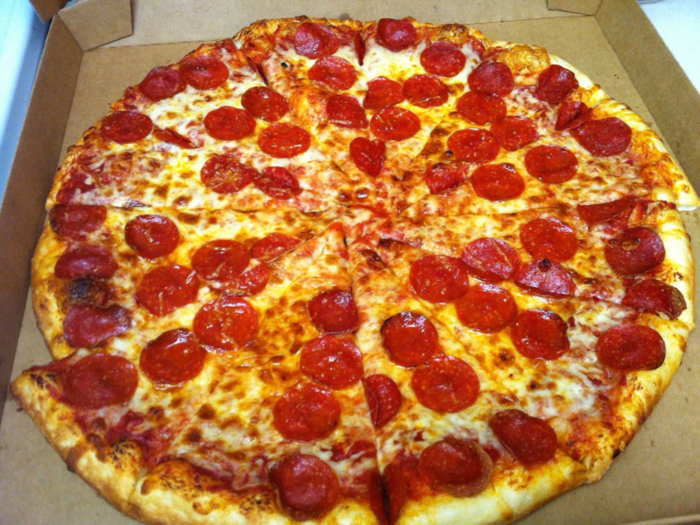
June 2014: After starting out with just three restaurants, Deliveroo raises its first $2.75 million funding round from Index and Hoxton Ventures. The money is going to be vital for the company's expansion.
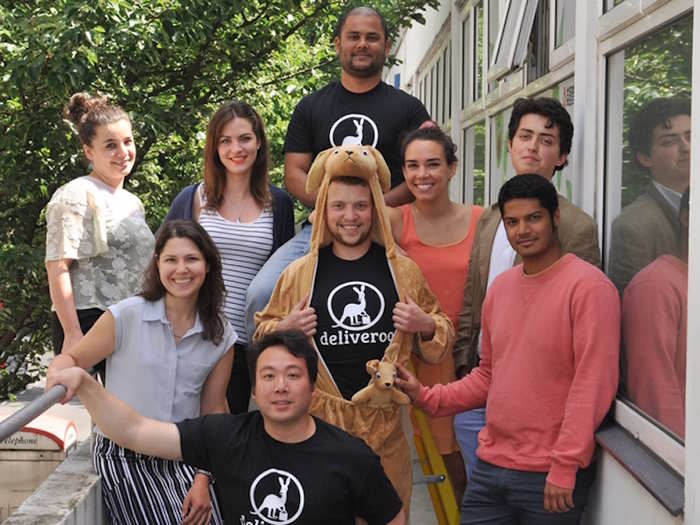
Late 2014: Deliveroo launches in its first UK city outside of London, Brighton.
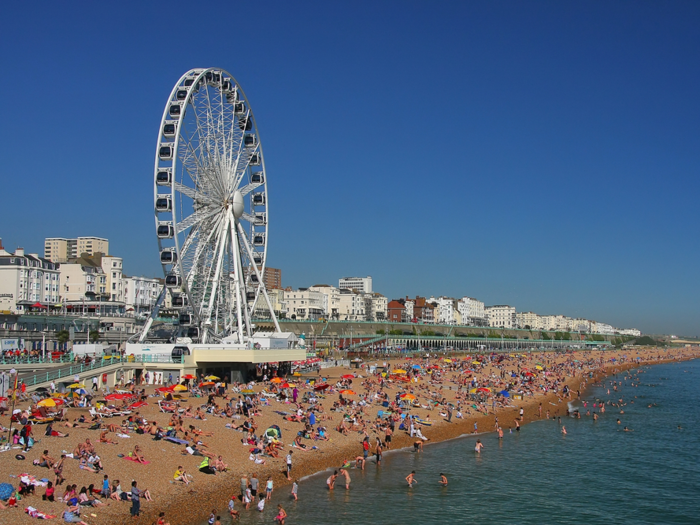
January 2015: Deliveroo raises again and kicks off its international expansion. By April, it has launched in Paris and Berlin. The service does surprisingly well in Paris, a famously foodie city.
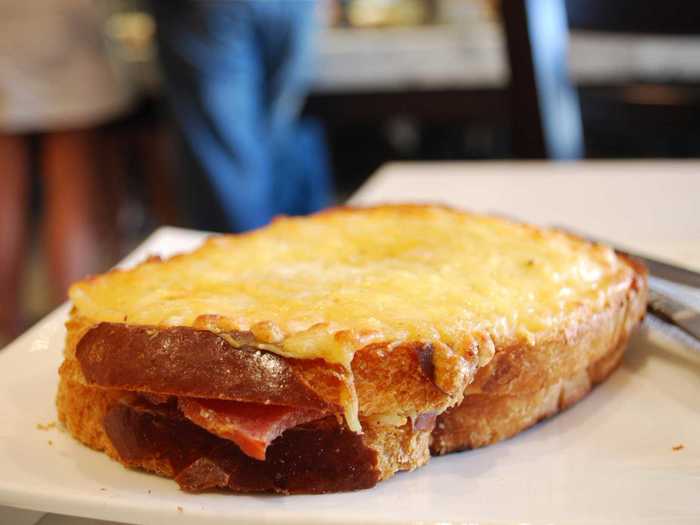
Late 2015: After only two years in operation, Deliveroo is almost a unicorn and worth more than $600 million. It would take more than a year for the startup to reach the coveted $1 billion valuation, though.

December 2015: The backlash begins. Deliveroo has hundreds of cyclists peddling around dropping off people's takeaway food — except these riders are not directly employed by the company. The startup is drawn into the emerging gig economy debate.
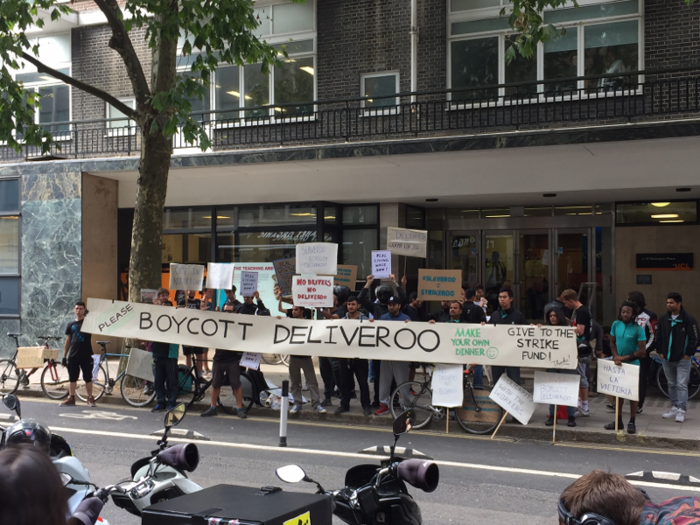
A damning Guardian article by Stefan Stern criticised Deliveroo's low wages and job security.
February 2016: Deliveroo cofounder Greg Orlowski quietly leaves the company. He goes on to cofound Peanut with Michelle Kennedy, a meeting app for mums.
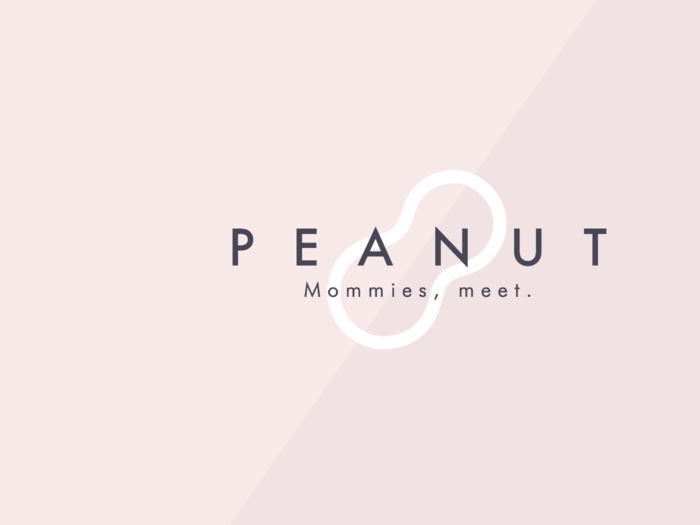
May 2016: Deliveroo starts talking about an ambitious plan to help restaurants process more takeout orders. It puts shipping containers in car parks and turns them into mini-kitchens dedicated to preparing Deliveroo orders.
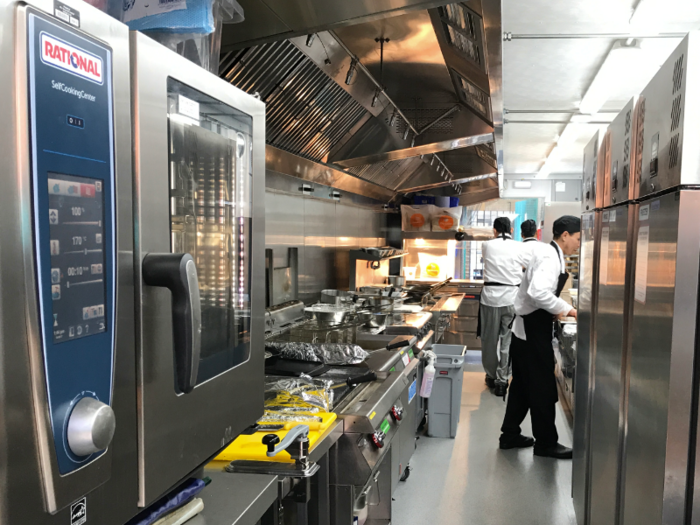
August 2016: Deliveroo gets closer to unicorn status with a new tranche of $285 million in funding. It is now firmly one of the buzziest and best-capitalised British tech startups around, and well-loved by its users.
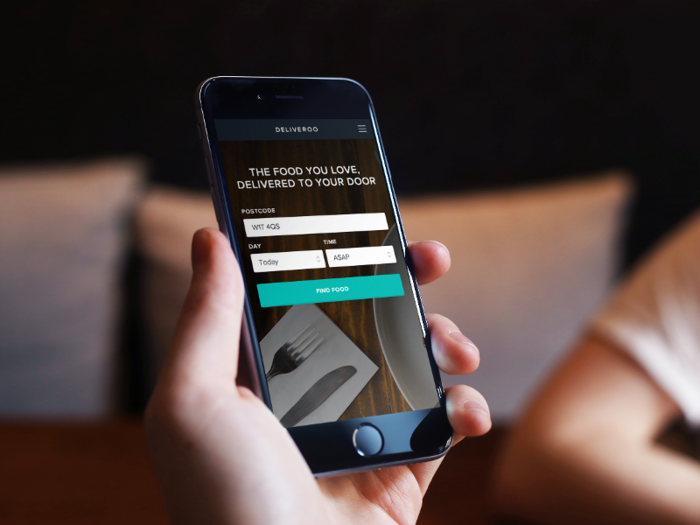
September 2016: The startup rebrands, abandoning its cute, cartoony kangaroo logo in favour of a geometric, abstract design. Some people think the new design looks a little like a rude two-fingered gesture.
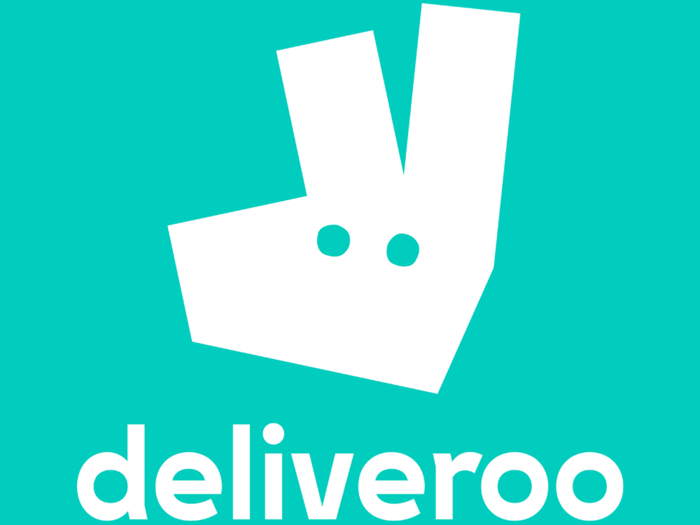
September 2016: Mike Hudack, a former director of product management at Facebook, joins Deliveroo as its new chief technology officer.
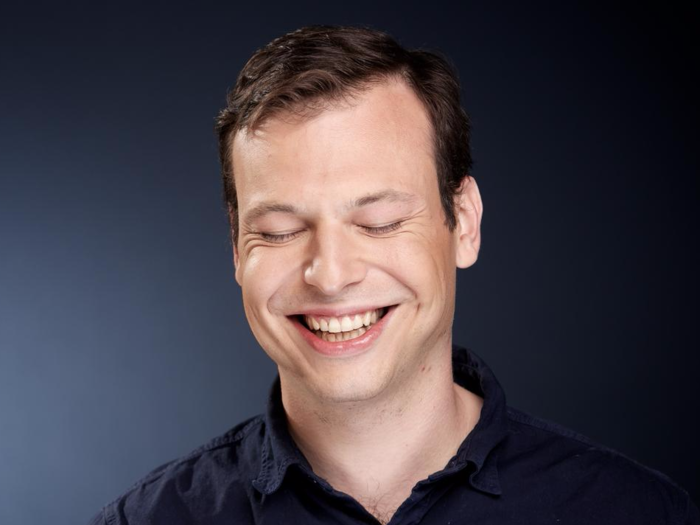
November 2016: The gig economy problem blows up for Deliveroo. A small new union called IWGB, targeted at gig economy workers, demands new employment status recognition from Deliveroo.
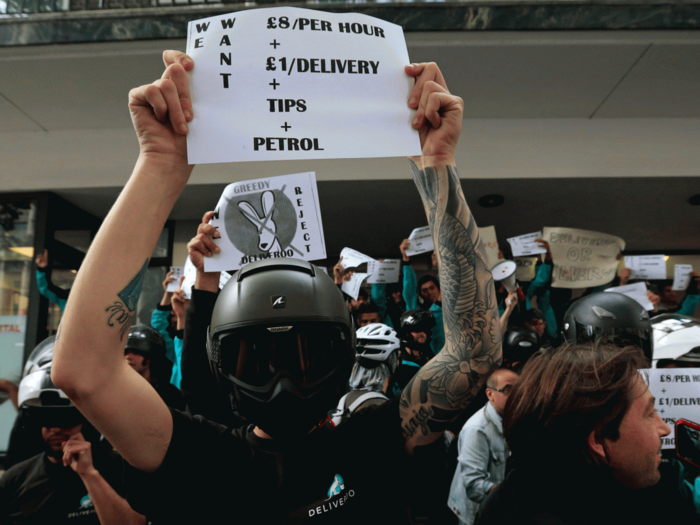
Up until now, all of Deliveroo's riders have been independent contractors, meaning they are not entitled to standard benefits. But union members want paid holiday and minimum wage, expensive benefits that could lose Deliveroo lots of cash.
January 2017: Deliveroo hires Thea Rogers, a former political advisor to ex-British Chancellor George Osborne, as political scrutiny of its business model grows.
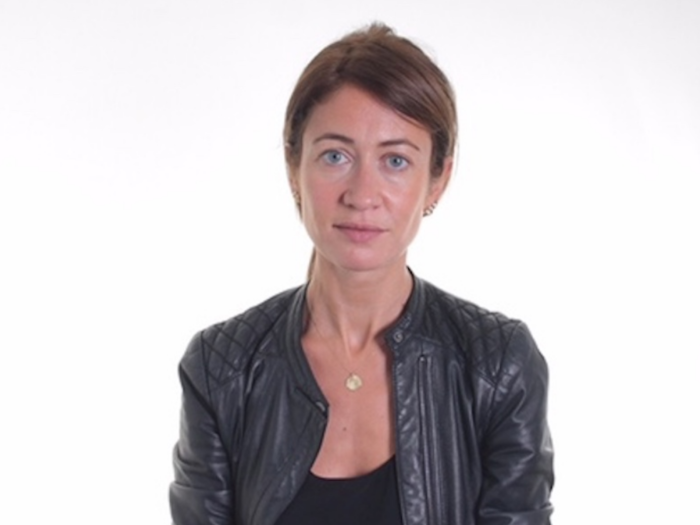
January 2017: Law firm Leigh Day, which has a history of success against gig economy firms, announces it might take legal action against Deliveroo over driver rights.
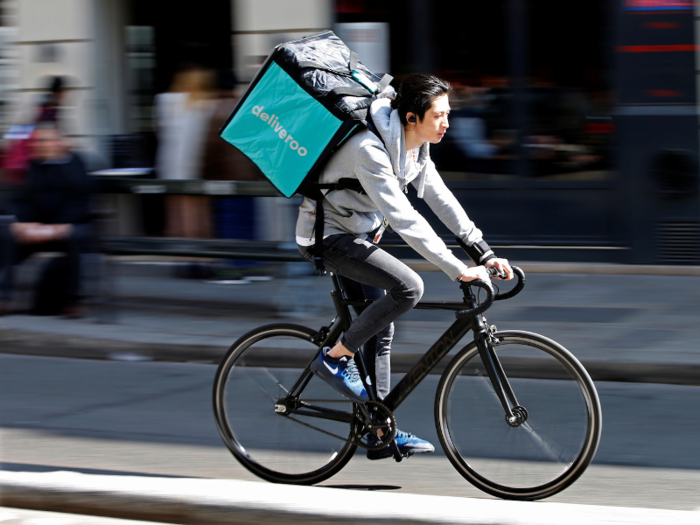
The employment status of these riders continues to be an issue. Deliveroo classes them as "self-employed," but Leigh Day suggests that restrictions placed on them by Deliveroo could mean they should be entitled to further rights like a minimum wage and holiday pay.
April 2017: Deliveroo unveils Deliveroo Editions, pop-up kitchens for established restaurants that help them deal with takeaway requests.
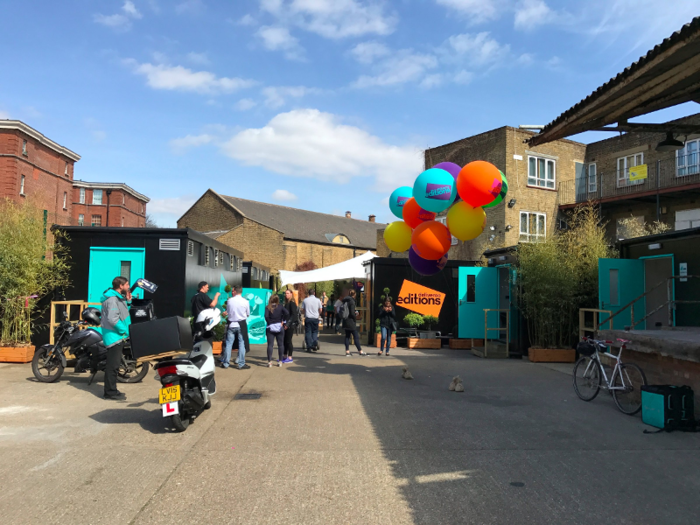
The company said at the time each "Editions" location — which mostly comprises car parks and other unglamorous areas — would include six or seven portable kitchens.
July 2017: Deliveroo moves into a shiny new London headquarters, with an on-site gym, roof top and "centre court" meeting space.
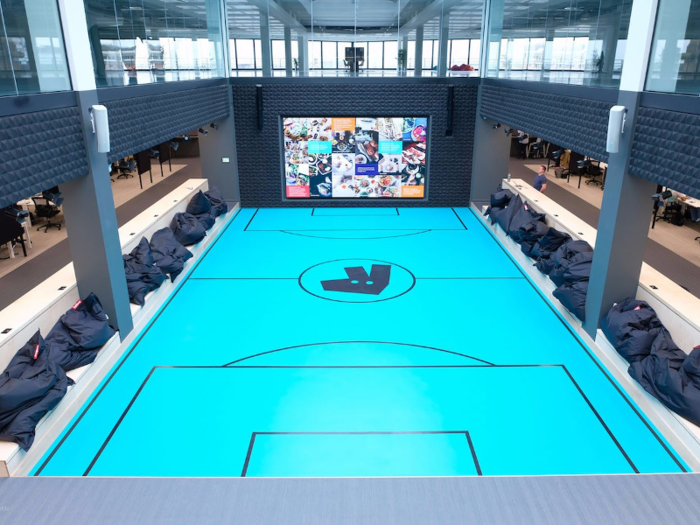
July 2017: Sky News reports rumours that Japanese giant SoftBank is interested in investing in Deliveroo. A deal never materialises, possibly because the conglomerate went on to invest in a rival, Uber.

September 2017: Deliveroo board member Martin Mignot causes a ruckus when he describes the startup's ultimate goal: to kill off home cooking. The firm ultimately wants to make takeaway an easier, cheaper option than prepping food at home.
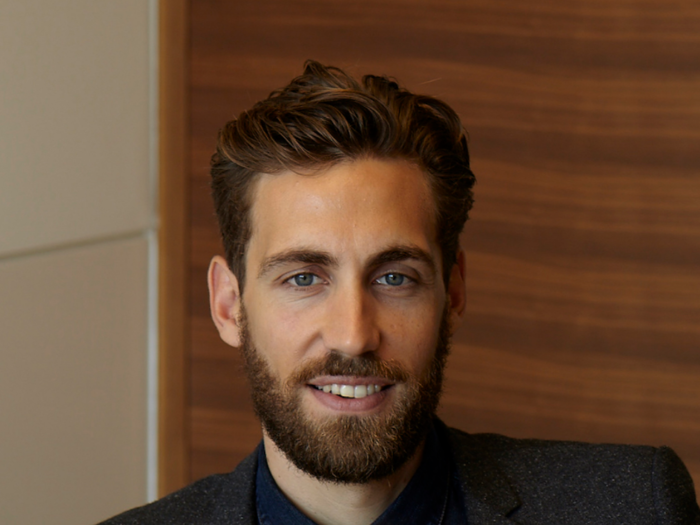
September 2017: Deliveroo's valuation is pegged at $2 billion after it raises $385 million from investors including US fund giants Fidelity and T Rowe Price. This cements Deliveroo's status as one of the most valuable startups in the UK.

October 2017: Deliveroo begins to draw unfavourable comparisons with Uber, thanks to its tendency to bend the rules. The Guardian reports that the startup didn't ask council permission to create its pop-up kitchens, and that local neighbours are complaining about the noise.
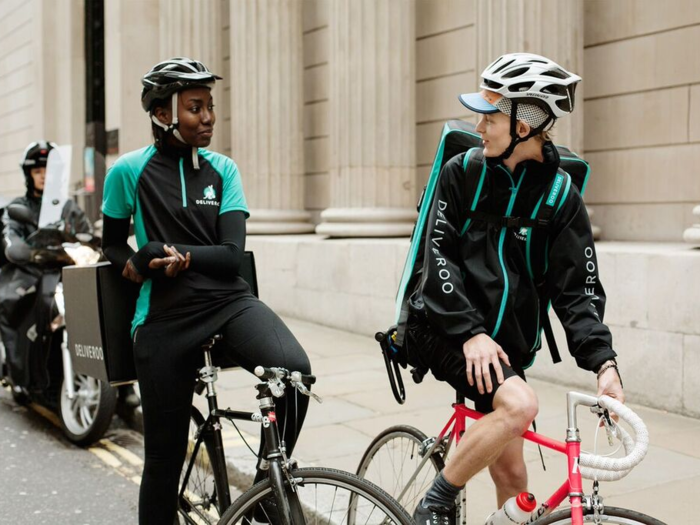
October 2017: Deliveroo warns that if it is forced to recognise its riders as employees, it might not be able to grow.

Deliveroo's UK MD Dan Warne told politicians that it needs to be able to attract riders who work on a flexible basis, otherwise costs would go up.
November 2017: Will Shu tells Business Insider that going public would be "somewhat logical" for Deliveroo. At some point, his investors are going to want to see a return on their money.

November 2017: Deliveroo wins a victory in its legal fight against the union IWGB. A tribunal rules that the startup doesn't need to regard its drivers as workers. Shu tells Business Insider there is lots of misunderstanding about workers' rights among politicians and journalists.
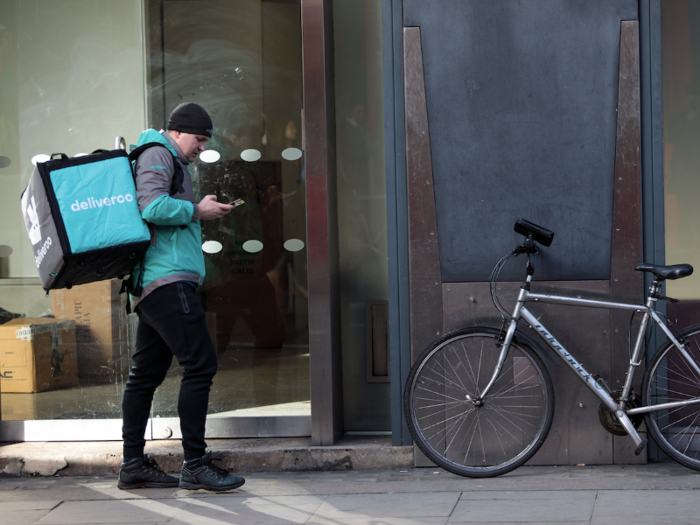
March 2018: Deliveroo lays out a radical plan to cut its margins, in a presentation obtained by the Eater blog. According to the report, the company eventually wants to provide its own food to cut costs.
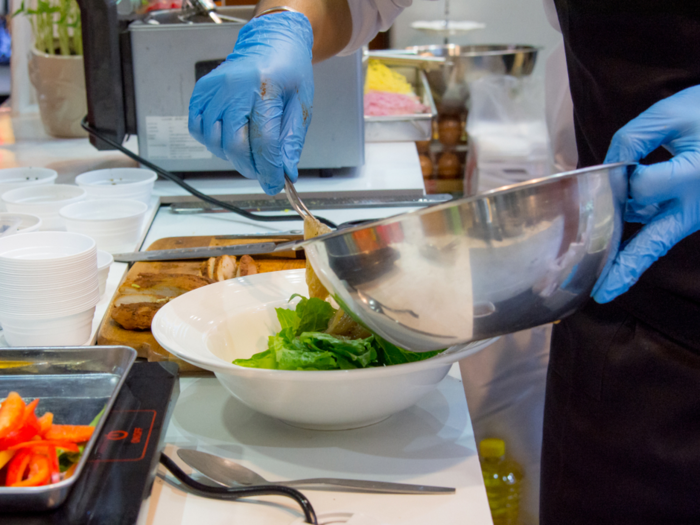
May-August 2018: Deliveroo focuses on the welfare of its riders, providing accident cover, first aid training, and medical insurance globally.

May 2018: Deliveroo announces that it will plough £5 million ($6.5 million) into finding celebrity chefs to partner with to create new experimental concepts.
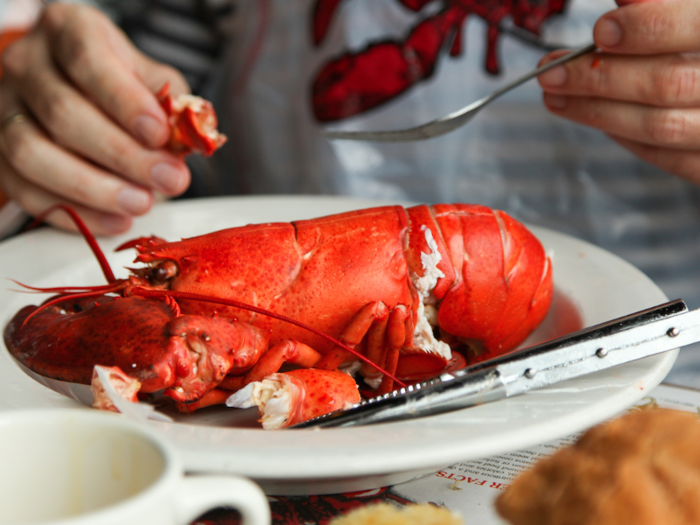
June 2018: Deliveroo, now operating in 12 countries around the world, says it will up its UK expansion to take on Shu's original bete noire Just Eat. The plan is to add 5,000 more restaurants to the Deliveroo app, and let outlets use their own delivery drivers.
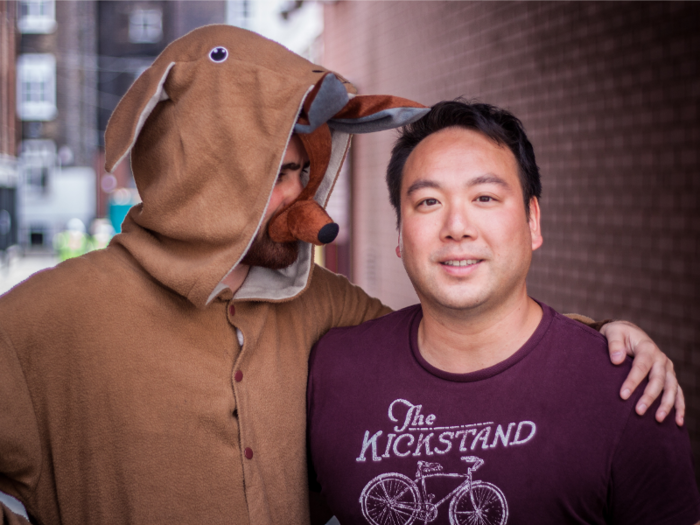
September 2018: Despite the rapid expansion, Deliveroo still hasn't launched in the US at this point.
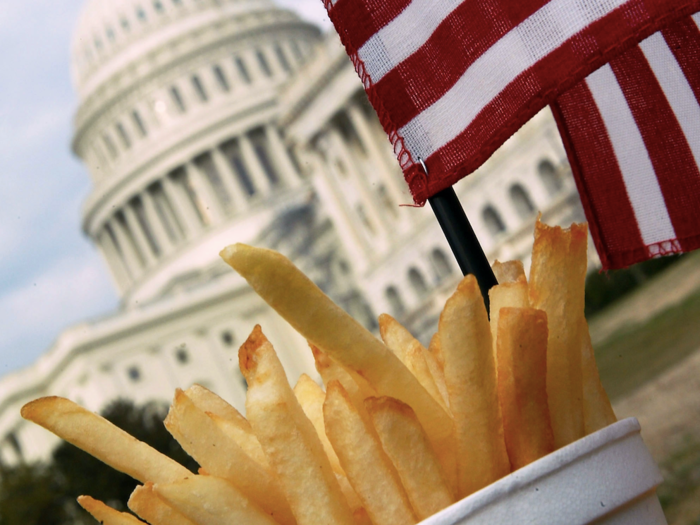
September 2018: After months of chatter, media reports suggest Uber is in early talks to buy Deliveroo. The price tag would need to be above Deliveroo's previous valuation of $2 billion, and would merge two major players in food delivery.

What's next: A merger between the world's most valuable private company, Uber, and Deliveroo, could finally take the British company into the US. It would be the biggest exit for a UK tech firm to date, although it's feasible the firm could stay independent and eventually go public.
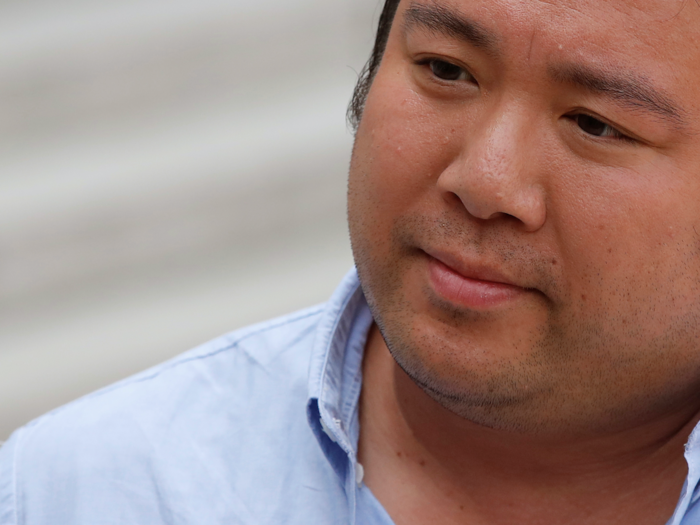
Popular Right Now
Popular Keywords
Advertisement